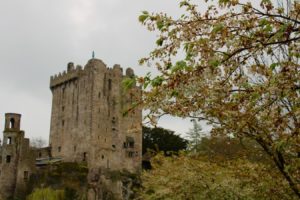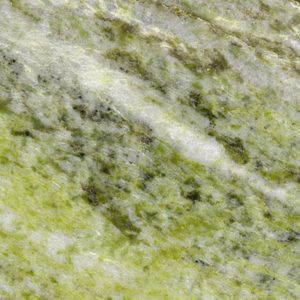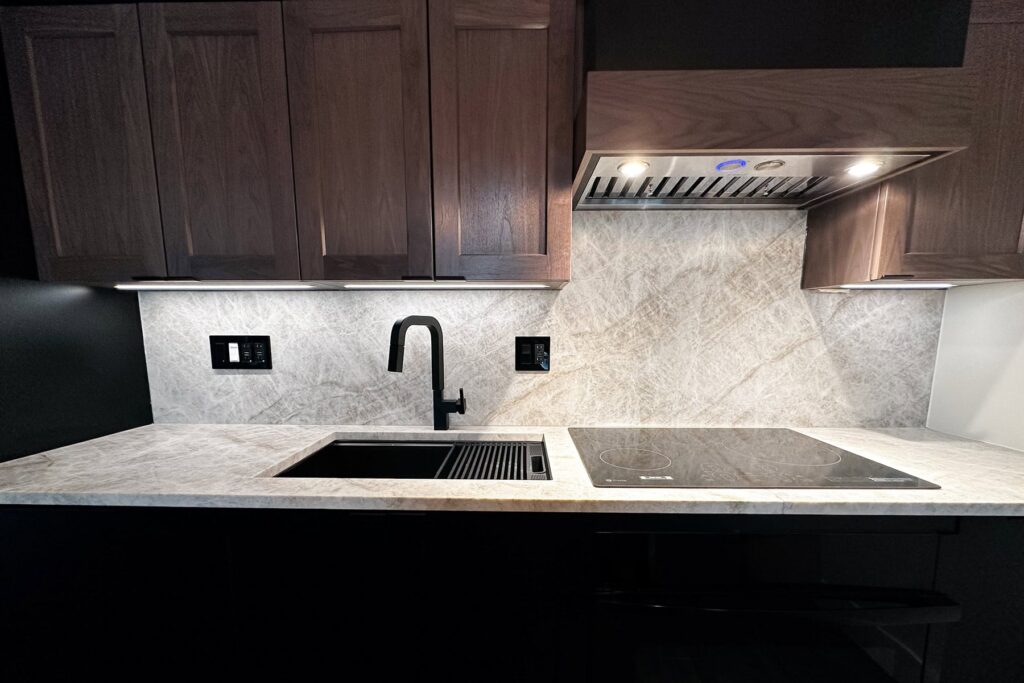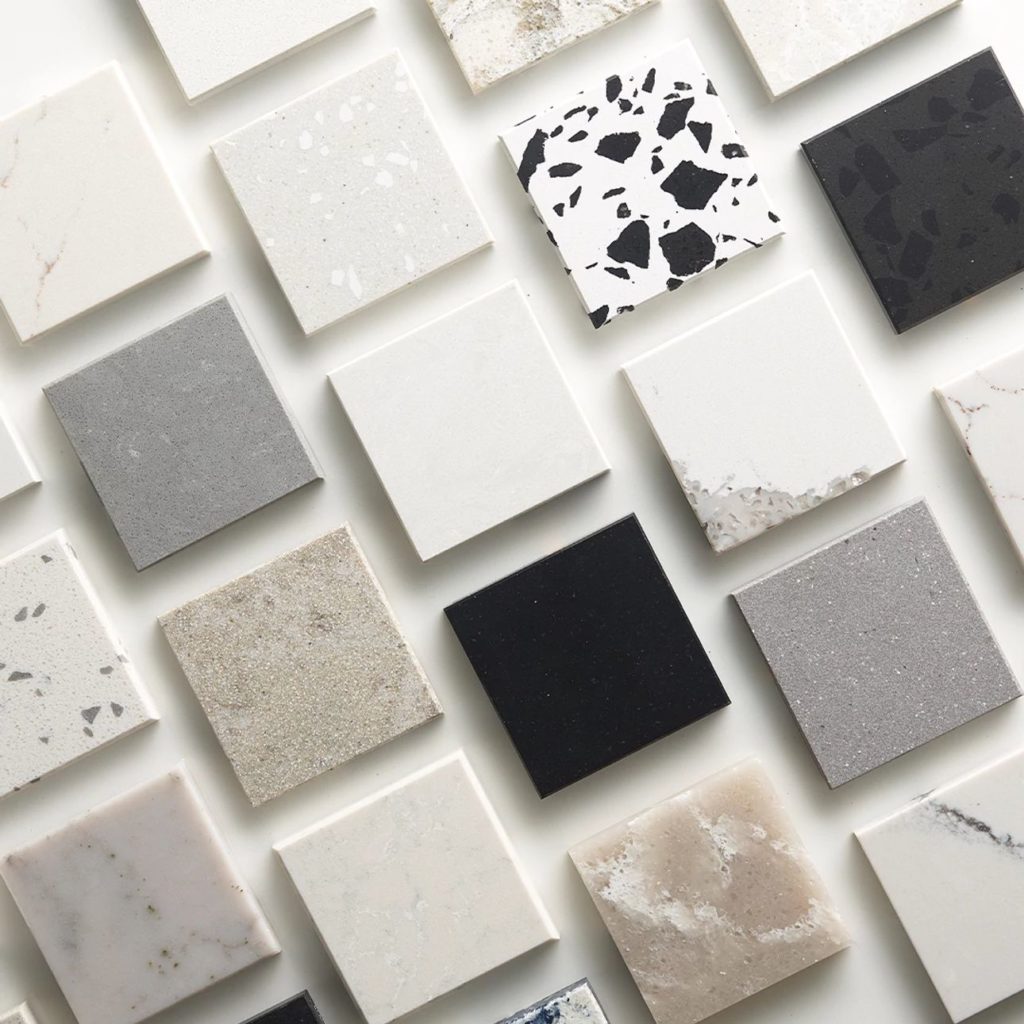Happy St. Patrick’s Day! We know that the city of Chicago usually goes all out with the St. Patrick’s Day festivities – however, things are a bit different this year. Despite the circumstances, we thought we’d participate in the holiday spirit by writing a blog post about some iconic Irish natural stones.

You may have heard of the phrase, “Kiss me, I’m Irish” before, but did you know there’s an actual backstory to the phrase? It originates from the legend of the Blarney Stone. The Blarney stone is a block of carboniferous limestone that was built into the battlements of the Blarney Castle in Blarney, Ireland (about 5 miles away from Cork, Ireland). The legend of the stone states that anyone who kisses it is supposed to gain luck and eloquence. If you ever visit Ireland and decide to stop by the Blarney Castle, just know that the kissing of the stone is not easily achieved. To do so, you have to go to the castle’s peak, then lean over backwards on the parapet’s edge. Usually, this requires the assistance of another person. The parapet now has wrought-iron guide rails and protective crossbars, but this activity is not recommended for anyone who may have a fear of heights.
There are quite a few stories that try to explain where the stone came from and its surrounding legend. One story involves the goddess Clíodhna. Cormac Laidir MacCarthy, the builder of Blarney Castle, was involved in a lawsuit sometime in the 15th century. He appealed to Clíodhna for her assistance. She told MacCarthy to kiss the first stone he found in the morning on his way to court. He followed her advice and ended up pleading his case with great eloquence. Because of this, he ended up winning the lawsuit. MacCarthy then incorporated the stone into the parapet of the castle. Another legend suggests that Queen Elizabeth I requested Cormac Teige MacCarthy, the Lord of Blarney, be stripped of his traditional land rights. Cormac travelled to see the queen, but was certain he would not be able to change her mind since he wasn’t very well-spoken. He met an old woman on the way who told him that anyone who kissed a particular stone in the Blarney Castle would be given the gift of eloquent speech. Cormac did just this and went on to convince the queen that he should not be deprived of his land.
With such an interesting back story, you have to wonder about the stone itself! Carboniferous limestone is a hard sedimentary rock made mostly of calcium carbonate. Typically, it is a light gray color. It was originally formed in shallow tropical seas and is made up of the shells/hard parts of millions of sea creatures. It is brittle, so the use of this stone for building tends to be limited to areas where it is the most abundant stone. However, it is extensively quarried for other purposes, such as for cement manufacture at plants across the United Kingdom and Ireland.

Another beloved stone in Ireland is Connemara Marble. This is one of the rarest forms of marble in the world and is known as Ireland’s natural gemstone. From the West of Ireland, it is estimated to be about 900 million years old. The marble forms when limestone is heated under pressure. It is primarily green, but there are often shades of grey and brown seen throughout. One of the best examples of Connemara Marble is found on the floor of Galway Cathedral in Ireland. Other examples can be found in Westminster Cathedral, London’s General Post Office and the Natural History Museum in Oxford. Robert C. Fisher, a New York marble merchant, imported large quantities to the United States in 1895, where it now adorns many churches and cathedrals. In the US, some of the most famous examples can be seen in the Senate Chamber and Senate Post Office of the State Capital Building in Harrisburg, Pennsylvania.

Our last example of Ireland’s beloved stones actually involve a collection of stones. A stone circle is a circular alignment of standing stones. They are usually formed in terms of the shape/size of the stones, as well as the span of their radius. It’s unclear exactly what stones are used for these structures or what the criteria is for the choice of materials. The circles are commonly found across Great Britain, and typically date from the Late Neolithic and Early Bronze Age eras. The best known examples include Avebury in southwest England, the Rollright Stones on the border of Oxfordshire and Warwickshire, and Stonehenge. There are roughly 1,300 stone circles in Britain and Ireland. In Ireland, there are two main concentrations where stone circles occur: in the Cork/Kerry area and in mid-Ulster. The Cork/Kerry circles tend to be more irregular in shape. They usually have larger, but fewer and more widely spaced, orthostats (upright stones) around the axial stone. The mid-Ulster area typically consists of a greater number of small stones that usually are about 0.3m high. They are often found in upland areas and/or on sites that also have stone rows. Archaeological evidence suggests that they provided many purposes, such as being used as places of burial and for agricultural events. No one knows why stone circles were built, but many of them align with the sun and moon and form prehistoric calendars.
If you thought this article was interesting, feel free to share on all of your social media platforms! We love sharing fun facts about stone, and we love knowing our audience is learning with us.
References:
https://en.wikipedia.org/wiki/Blarney_Stone
https://www.blarneycastle.ie/pages/kiss-the-blarney-stone
https://www.learnreligions.com/what-are-stone-circles-2562648
https://www.myirishjeweler.com/blog/what-is-connemara-marble/

